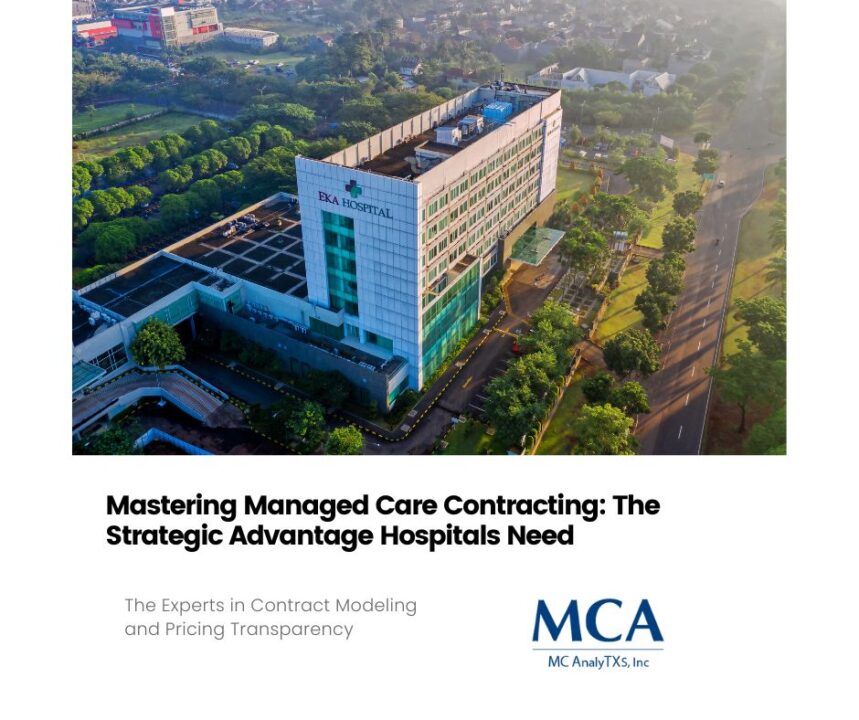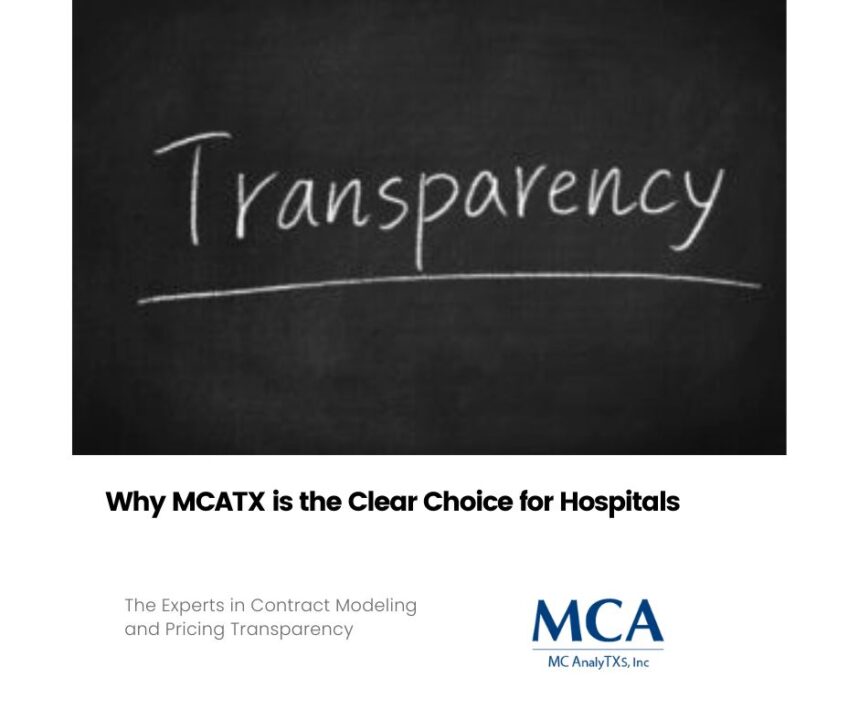
A 9-Point Checklist to Reduce Underpayments & Improve Revenue
February 5, 2024
Revenue Cycle Management: Ensuring Comprehensive Coverage for All Claims
February 9, 2024Navigating through the labyrinth of healthcare billing and insurance claims is akin to a high-stakes game of chess. Every move counts, and each decision is critical. It’s a sobering reality that 63% of denied claims are recoverable, yet a staggering majority of these denied claims are resigned to the shadows, never to see the light of rework. In this sea of lost revenue, it’s time to ask: What foolproof strategies can reverse this trend?
Designed for healthcare providers, revenue cycle managers, and the unsung heroes of medical billing, this article lays out a tactical plan to significantly reduce denial rates and reclaim your rightful earnings.
The Costly Oversight of Denied Claims
First, let’s quantify the issue. The denial of claims is not merely an administrative hiccup; it’s a substantial financial drain. For many healthcare providers, denials can carve out 1-5% of their expected revenue. And since the average cost to rework a claim can be over $100, there’s a clear economic incentive to get it right the first time.
Yet, most organizations lack the systematic approach needed to tackle this challenge. Often overwhelmed by the sheer volume of claims and complexity of denial reasons, staff may choose to focus on fresh claims, leaving behind a trove of recoverable funds.
Unveiling a Strategic Plan to Combat Denials
Step 1: Data-Driven Analysis of Denial Patterns
Understanding the root cause of denied claims is like diagnosing a patient: necessary for effective treatment. Analyzing trends and patterns in your denials will highlight areas of vulnerability — often in coding errors, patient eligibility, or incomplete information.
Action: Deploy data analytics tools to sift through your denial data. Identify common denominators among your denied claims.
Step 2: Streamlining Front-End Processes
A snag in the early stages of the revenue cycle can ripple through to the end. Pre-authorization, registration accuracy, and verification of eligibility should be seamless and precise.
Action: Implement a robust front-end software solution that automates eligibility checks and authorization management. Invest in training your staff to meticulously capture patient information.
Step 3: Implementing Continuous Staff Education
The landscape of healthcare billing is ever-evolving, with new codes and guidelines sprouting up frequently. Continuous education enables your team to stay current with changes and reduces errors that lead to denials.
Action: Create ongoing training programs that educate your staff on the latest billing codes and compliance requirements.
Step 4: Tightening Up the Middle Revenue Cycle
Clinical documentation must accurately reflect the patient care provided. Any disconnect between what providers deliver and what coders report can trigger denials.
Action: Foster collaboration between clinicians and coders. Use clinical documentation improvement (CDI) programs to align the clinical aspect with billing codes.
Step 5: Applying Rigorous Follow-Up Procedures
Even with diligent upfront work, some claims will slip through the cracks. That’s where a tenacious rework process becomes paramount.
Action: Establish a dedicated team to manage denials, equipped with a well-defined follow-up strategy. Prioritize claims based on recovery potential and deadlines.
Embracing Technology to Enhance Billing Efficiency
Advancements in technology offer a panacea to the persistent issue of denied claims. Embracing AI and machine learning algorithms can predict potential denials, allowing preemptive measures to be taken. Automated systems can also significantly reduce human error and streamline claim submissions.
Action: Invest in cutting-edge revenue cycle management (RCM) technology to provide actionable insights and optimize the claim submission process.
Conclusion: A Revitalized Approach to Claim Management
The battle against claim denials isn’t lost. With a strategized response and a culture that prioritizes both prevention and rework, healthcare organizations can dismantle the denial dilemma. By implementing the five steps outlined above, you can not only slash your denial rates by a noteworthy 72% but also ensure the financial well-being of your practice.
As the healthcare industry strides forward, it’s fundamental for billing processes to keep pace. Remember, every recovered claim is a victory for your institution’s financial health. Commit today: turn the table on claim denials and secure the revenue stream you deserve.
3 Action Quick-Tips
- Audit your denials monthly, looking for patterns and outliers.
- Invest in training that syncs your staff with current billing practices and regulations.
- Equip your team with technology that can pre-empt and address denials more efficiently.
—
Are you ready to reclaim your lost revenue and secure the financial health of your healthcare organization? These steps are just the beginning. To learn more in-depth strategies and to connect with our experts join our upcoming webinar.
Join our upcoming webinar on Thursday, Feb. 22nd at 1 pm CST.





